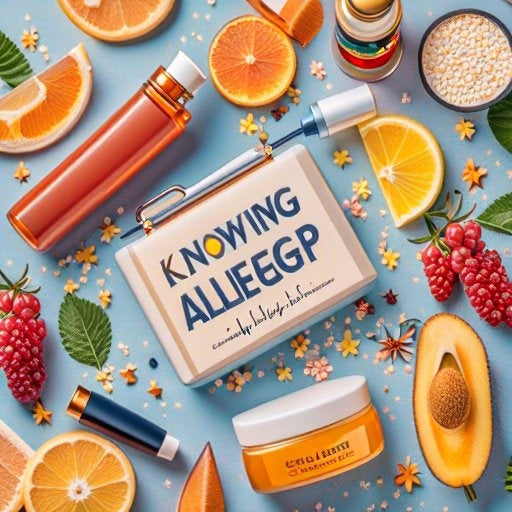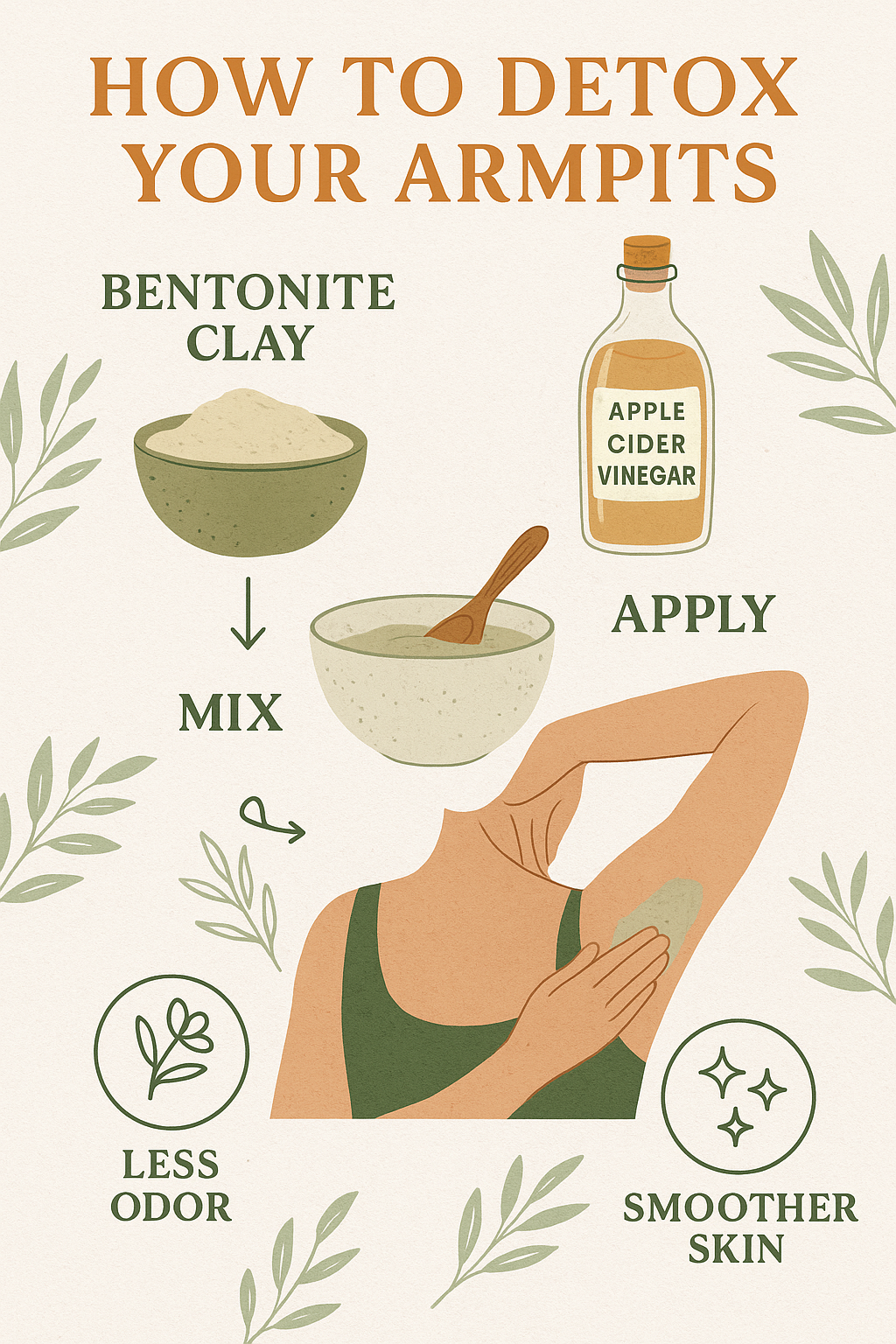Skin allergies manifest in various forms and are notoriously difficult to diagnose once they arise. The challenge is often compounded by our daily habits—switching shampoos, trying new moisturizers, or using a different dish soap because our favorite brand is out of stock.
While some severe skin conditions may indicate underlying internal issues, many skin allergies are reactions to the myriad of products we use every day. Often, we overlook the ingredients in these products, which can be the source of irritation.
Most people don’t meticulously track every substance or product that contacts their skin, which makes pinpointing the cause of skin allergies difficult. Here's why determining the culprits is so challenging:
- **Delayed Reactions**: Skin allergies don’t always appear instantly. This delay can make it hard to link the reaction to a specific product.
- **Consistent Use**: Allergies can develop over time with continuous use of a product, even if it didn’t initially cause a reaction.
- **Indirect Contact**: Allergens may come from products that interact indirectly with your skin, like fabric softeners or hair sprays.
- **Multiple Ingredients**: Allergic reactions may be caused by one of several ingredients, complicating the identification process.
Many more people likely suffer from skin allergies caused by mainstream skincare and beauty products than we realize. Here are some common symptoms and what they might indicate:
1. Hives
Hives range from small red bumps to raised rashes and welts, often forming distinct patterns. They are the most obvious allergy symptom, making them relatively easier to diagnose and address. Hives can prompt a quicker investigation into the products used on the skin. Reputable natural skincare companies typically advise patch-testing, a safe practice to identify potential allergens.
2. Itching
Itching is often the first, subtle sign of an allergy and is frequently dismissed or treated superficially with steroid creams. However, persistent itching should prompt an examination of potential allergens, including laundry detergents or softeners that contain undisclosed fragrances and chemicals. Those with sensitive skin may find relief by switching to unscented skincare products.
3. Flaking or Peeling
Cracked, flaking, or peeling skin is distressing and often misinterpreted. For example, a severe reaction to sunscreen can mimic a peeling sunburn. Ingredients like alcohols and sulfates, which strip excess oil, are common culprits causing dryness and flaking.
4. Facial Swelling
Waking up with a puffy face might not be due to a poor night’s sleep. Facial skincare products, especially those containing lab-manufactured AHAs (alpha-hydroxy acids), can cause irritation and swelling. These ingredients, used as exfoliants, can be particularly abrasive.
5. Allergic Contact Dermatitis
An estimated 20% of Europeans live with allergic contact dermatitis, characterized by pinkish, itchy rashes. This condition can stem from various factors, including occupation, gender, age, and consumer products. Skincare and beauty products often contain known irritants like preservatives, parabens, and vague "fragrances" that contribute to these reactions.
6. Respiratory Issues
Sneezing, coughing, or wheezing after applying a lotion or spray may signal an allergy. Skincare products often include harmful ingredients like formaldehyde, used for its preservative properties. Ingredients like formalin, methanol, and dimethoxymethane are commonly used to avoid listing formaldehyde directly. Respiratory discomfort is a common reaction to many preservatives used in the industry.
Understanding which ingredients to avoid and recognizing symptoms can help you maintain healthy skin. By being mindful of product ingredients and their potential effects, you can take control of your skin health and avoid unnecessary discomfort.



